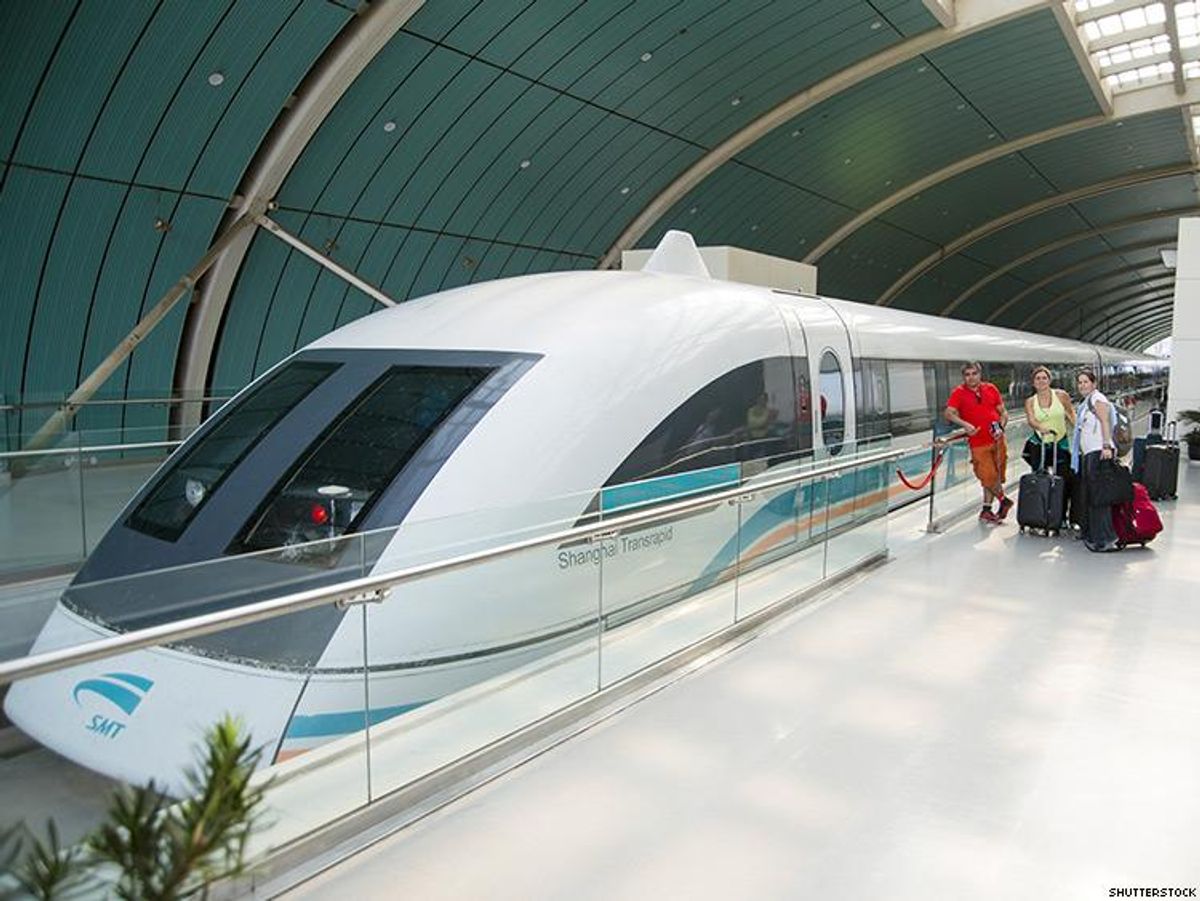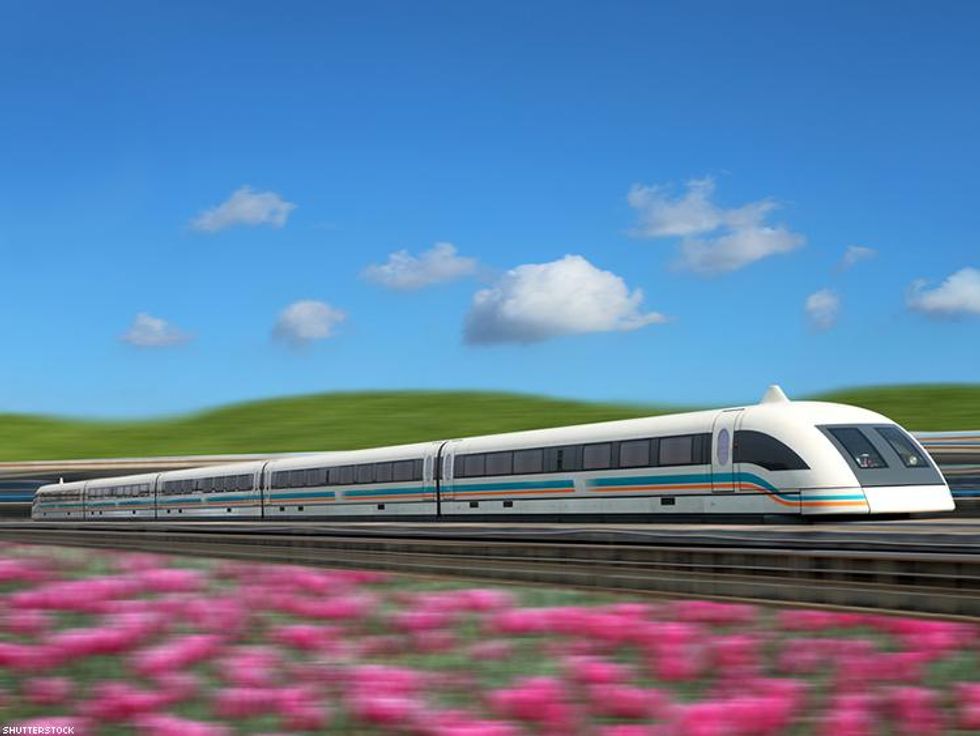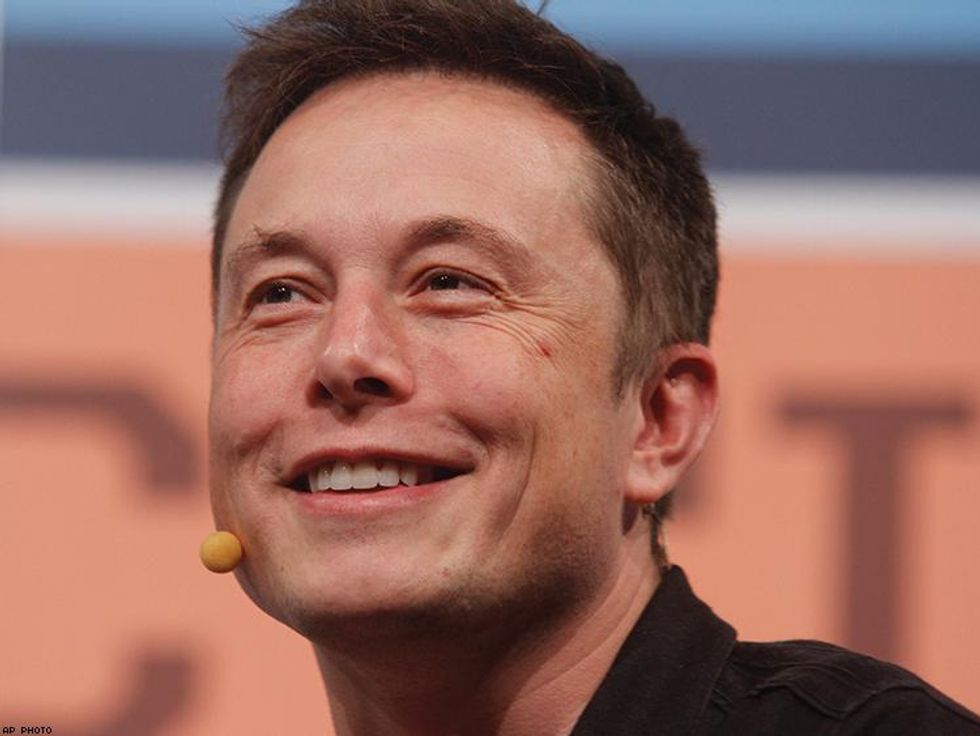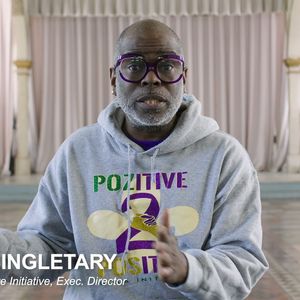LEXUS
NYC to D.C. in 40 Minutes: The Magic of Magnetic Levitation
NYC to D.C. in 40 Minutes: The Magic of Magnetic Levitation

Hyper-speed commutes and last-minute interstate brunch plans may be closer than you think.
October 12 2017 11:54 AM EST
May 31 2023 6:11 PM EST









































































